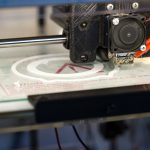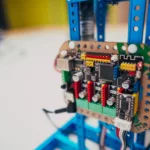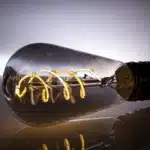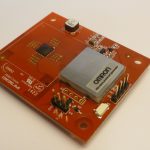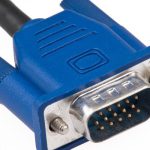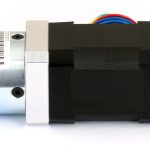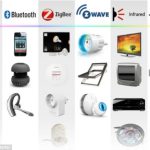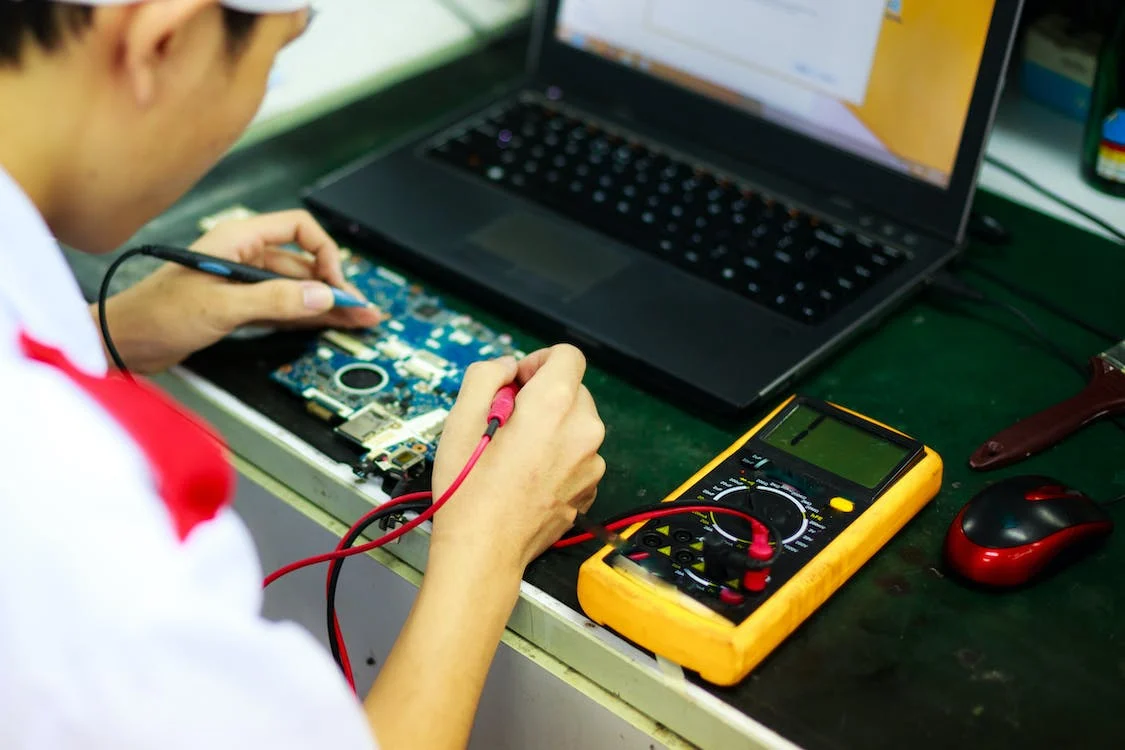
As electric vehicles (EVs) become increasingly popular, there is a growing demand in the market for faster and more efficient charging solutions. One of the crucial factors in achieving this is the topology used for power devices in fast DC EV charging. Topology refers to the arrangement of electrical components and their connections. Different topologies can have a significant impact on the performance of charging systems. This article briefly outlines some common topologies used for power devices in fast DC EV charging.
What is a Fast DC EV Charging? A Brief Introduction with Advantages
Fast DC EV charging (DCFC) is a type of electric vehicle charging that allows for high-power charging at a rate of 50 kW or higher, typically up to 350 kW in modern stations. They can recharge an electric vehicle’s battery to 80% or more of its capacity in 30 minutes or less, compared to Level 1 and Level 2 AC charging, which provide power at relatively low rates (up to 7 kW and 22 kW, respectively).
Fast DC charging uses a direct current (DC) to charge the EV’s battery, bypassing the vehicle’s onboard fast DC charger and converting AC power from the grid to DC power. In addition, this process offers various advantages and is more efficient, faster, and generates less heat, making it ideal for longer trips where drivers need to quickly recharge their vehicle’s battery.
Where are Fast DC Charging Stations Found?
Not all electric vehicles can utilise fast DC charging, so it’s important to check the vehicle’s specifications before using such type of charging. Fast DC charging stations are designed for quick and convenient charging on-the-go, and are typically found at:
- Rest Areas
- Gas Stations
- Shopping Centers, and
- Other Public Places.
Common Topologies Used:
The common topology for power devices in fast DC EV charging includes:
- Half-Bridge Topology
The half-bridge topology is a simple and widely used topology for DC-DC converters and DC motor drives. In fast DC EV charging, the half-bridge topology is used to regulate the output voltage of the charging station. However, it comprises two switches, typically MOSFETs, connected to a DC power source and a load. One switch is connected to the DC source’s positive rail, while the other is connected to the negative rail. On the other hand, the load is connected between the two switches. The load voltage can be regulated by alternately turning the two switches on and off.
- Full-Bridge Topology
The full-bridge topology is like the half-bridge topology; however, it slightly differs by having four switches instead of two. It requires more components and is more complex than the half-bridge topology. Two switches are connected to the positive rail of the DC source, and the other two are connected to the negative rail with the load connected between the two switches in the middle. The full-bridge topology can provide higher output power than the half-bridge topology, making it suitable for high-power charging stations.
- Flyback Topology
This topology uses a transformer to convert AC power to DC power and is often used in low-power applications, such as USB chargers for smartphones and other devices.
- Push-Pull Topology
This topology utilises two power switches arranged in a push-pull configuration to convert AC power to DC power. They are widely used in low-power applications, such as battery chargers for portable devices.
Power Devices for DC Fast Charging: The Importance
Power devices/electronics for fast DC charging refers to the technology and systems that convert. And regulate the electrical energy supplied to an electric vehicle’s battery during fast charging. Among the power electronics components are rectifiers, DC-DC converters, inverters, plus control systems and communication interfaces. These components work together to perform various functions, such as:
- Regulating the current flow to the battery.
- Protecting against overvoltage and overcurrent conditions.
- Ensuring the safety and efficiency of the charging process.
The three types of converters are given as under:
LLC Resonant Converter
The LLC resonant converter is a type of resonant converter that uses a resonant tank circuit for regulating the output voltage by adjusting the frequency of the resonant circuit. It is known for its high efficiency and low electromagnetic interference (EMI), making it a popular choice for fast DC EV charging. Moreover, the converter consists of a series resonant tank circuit, a parallel resonant tank circuit, and a DC-DC converter. Moreover, the series resonant tank circuit includes a capacitor and an inductor in series, while the parallel resonant tank circuit comprises a capacitor and an inductor in parallel.
Phase-Shifted Full-Bridge Converter
The phase-shifted full-bridge converter is a type of full-bridge converter that uses phase-shifted control to reduce switching losses and improve efficiency by reducing the overlap. In addition, it is a popular choice for high-power charging stations and consists of two full-bridge converters, each with two switches and a phase-shifted control circuit. The phase-shifted control circuit adjusts the switching signals’ timing to reduce the overlap between the two converters.
Three-Level NPC Converter
The three-level NPC (Neutral-Point-Clamped) converter is a type of DC-AC converter designed to convert DC power to AC power with low harmonic distortion for high-power charging stations. In addition, it consists of six switches and three voltage levels, the positive, negative and neutral voltage. However, the neutral voltage is the midpoint between the positive and negative voltages. However, the converter can generate a three-level output voltage waveform that approximates a sinusoidal waveform by switching the switches.
The Bottom Lines:
In Conclusion, fast DC EV (Electric Vehicle) charging is a type of electric vehicle charging technology allowing for rapid charging of electric vehicles using DC power. Advanced topologies provide higher efficiency, high power density, and cost-effectiveness. By choosing the appropriate topology for a given application, power device designers can optimize the charging system’s performance and help ensure one can charge electric vehicles quickly and reliably.







